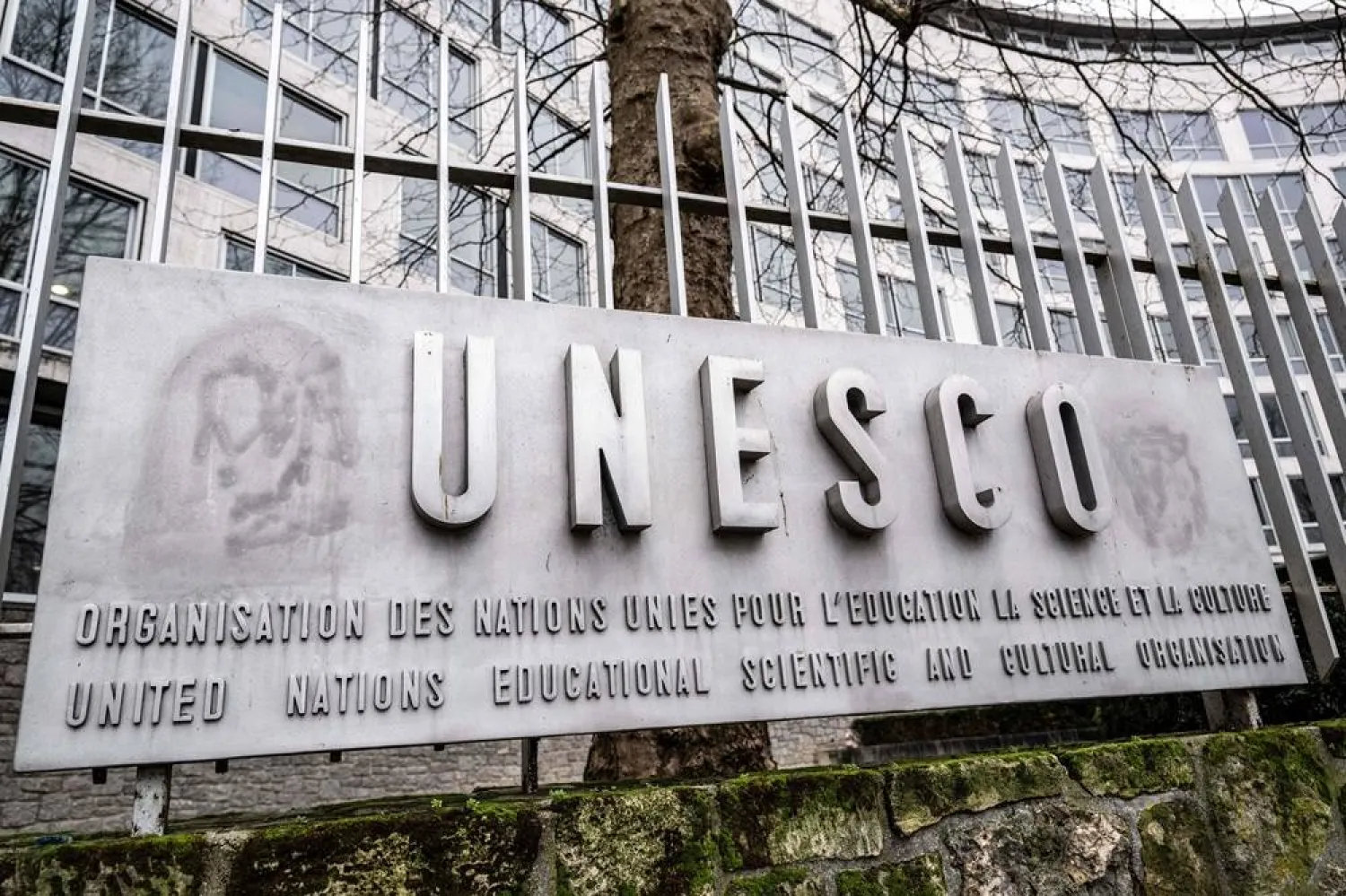Le Fennec Publications has released a new book by Moroccan writer Abdulkader Al Shawi. The book is, as described by the writer, a self-visualization entitled “Al Tayhaa.”
On the book's back cover, Al Shawi wrote: “My guide in this book is clear. I mean I wrote it without planning or organization. There weren't any precedencies that made me chose. My incentives are so foggy. I know that the reader won't blame me if I told him that I wrote this story to myself to narrate its writing isolation. Therefore, in the final pages, I found myself totally convinced with what I wrote in the first pages – with the introduction I didn't write. The conclusion of this conviction is, and I am quoting Manuel Alberca here: ‘This is me, and not me. I resemble to myself but I am not me. But, be careful, because I might be me.’”
Commenting on the book, critic and translator Ibrahim Al Khatib noted that it is not a narrative or critical text, or a political analysis, but a “recurrence of a writing record recalling past memories, approaching the lives of some writers and examining their ups and downs, along with exploring the backgrounds of many positions and meetings. It also investigates the contexts of some of the writer's published books, or looks into the emotional resonance of various trips he had embarked on.”
“The book features a foreword, which, according to the writer, is not an introduction. But it reviews the background of writing about the past, in which the writer wonders about the connection between writing and lying and honesty, and its association with the time of writing, which is now,” added Al Khatib.
“The book features independent paragraphs with no titles or punctuations that separate their spaces. Their order is not chronological, as indicated by the dispersed dates and the non-organization of the narrated facts.”
Al Khatib noticed that the book, with its diverse material, is a “back and forth trip in the life of Abdulkader Al Shawi and its major events, that extend from his childhood in Bab Taza, his education in Tétouan then in Rabat, before starting his career in Casablanca, his pursuit of politics and writing.” It also takes “a look at the writer's relationships record, and the list of his friendships known for their geographical richness, whether in Morocco or abroad.” The book can be described as a “sequel or a narrative addition to his memories and readings.”
Al Shawi was jailed for 15 years, between 1974 and 1989, because of his political activity, before serving as the Moroccan ambassador to Chile. He wrote and published his first poetic texts, stories and literary articles in Moroccan and Arabic magazines and newspapers in 1968. Then, he published many works about literary and intellectual studies, in addition to many narrative works he debuted in 1986 with “Kan wa Akhawataha,” followed by “Dalil Al Onfowan” (1989), “Bab Taza” (1994), “Al Saha al Sharafiya” (1999), “Dalil al Mada” (2003), “Man Qal Ana” (2006), “Boustan al Sayida” (2018) and “Marabe' al Salwan” (2020).







